前言
在日常开发中,大多APP可能根据实际情况直接将APP的界面方向固定,或竖屏或横屏。但在使用过程中,我们还是会遇到横竖屏切换的功能需求,可能是通过物理重力感应触发,也有可能是用户手动触发。所以本文主要带大家了解在OpenAtom OpenHarmony(以下简称“OpenHarmony”)应用开发的过程中,如何在Stage模型和FA模型下使用对应的接口去完成横竖屏的切换。
本文中OpenHarmony版本为3.2 Beta4,API版本为9。开发板为DAYU200。
FA模型
FA模型下,setDisplayOrientation和setDisplayOrientation是切换横竖屏的接口。
文档:
context.setDisplayOrientation
setDisplayOrientation(orientation:bundle.DisplayOrientation, callback: AsyncCallback): void
设置当前能力的显示方向(callback形式)。
系统能力:SystemCapability.Ability.AbilityRuntime.Core
参数:

示例:
完整代码
Stage模型
从API 9开始,可以使用setPreferredOrientation来切换横竖屏。
文档:
在Stage模型中,使用到的主要是Window(窗口)。在设置横竖屏切换的时候,需要先使用getLastWindow()、createWindow()、findWindow()中的任一方法获取到Window实例,再通过此实例调用对应的方法,本文使用的是getLastWindow。
Window.getLastWindow
getLastWindow(ctx: BaseContext): Promise
获取当前应用内最后显示的窗口,使用Promise异步回调。
系统能力:SystemCapability.WindowManager.WindowManager.Core
参数:

返回值:

错误码:以下错误码的详细介绍请参见窗口错误码。

然后就可以使用setPreferredOrientation属性。
setPreferredOrientation
setPreferredOrientation(orientation: Orientation): Promise
设置窗口的显示方向属性,使用Promise异步回调。
系统能力:SystemCapability.WindowManager.WindowManager.Core
参数:

返回值:

错误码:以下错误码的详细介绍请参见窗口错误码。

完整代码
总结
本文带大家使用对应的接口,在Stage模型和FA模型下完成了横竖屏的切换。其中还涉及到了上下文的获取:Stage模型用(getContext(this) as any),FA模型(featureAbility.getContext()),大家可以在此基础上利用生命周期的回调,在合适的地方完成对应的操作。
经常有很多小伙伴抱怨说:不知道学习鸿蒙开发哪些技术?不知道需要重点掌握哪些鸿蒙应用开发知识点?
为了能够帮助到大家能够有规划的学习,这里特别整理了一套纯血版鸿蒙(HarmonyOS Next)全栈开发技术的学习路线,包含了鸿蒙开发必掌握的核心知识要点,内容有(ArkTS、ArkUI开发组件、Stage模型、多端部署、分布式应用开发、WebGL、元服务、OpenHarmony多媒体技术、Napi组件、OpenHarmony内核、OpenHarmony驱动开发、系统定制移植等等)鸿蒙(HarmonyOS NEXT)技术知识点。
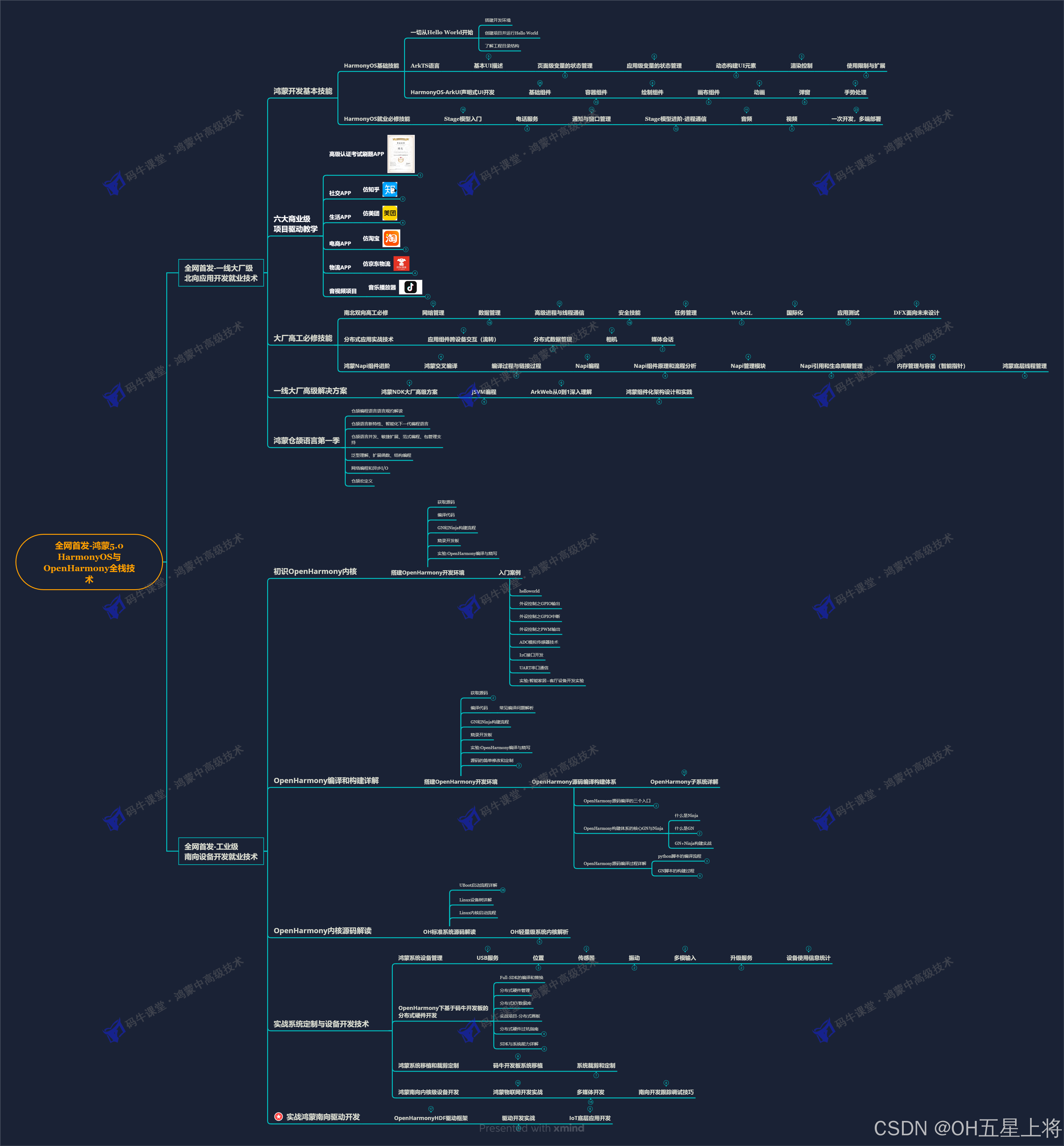
《鸿蒙 (Harmony OS)开发学习手册》(共计892页)
如何快速入门?
1.基本概念
2.构建第一个ArkTS应用
3.……
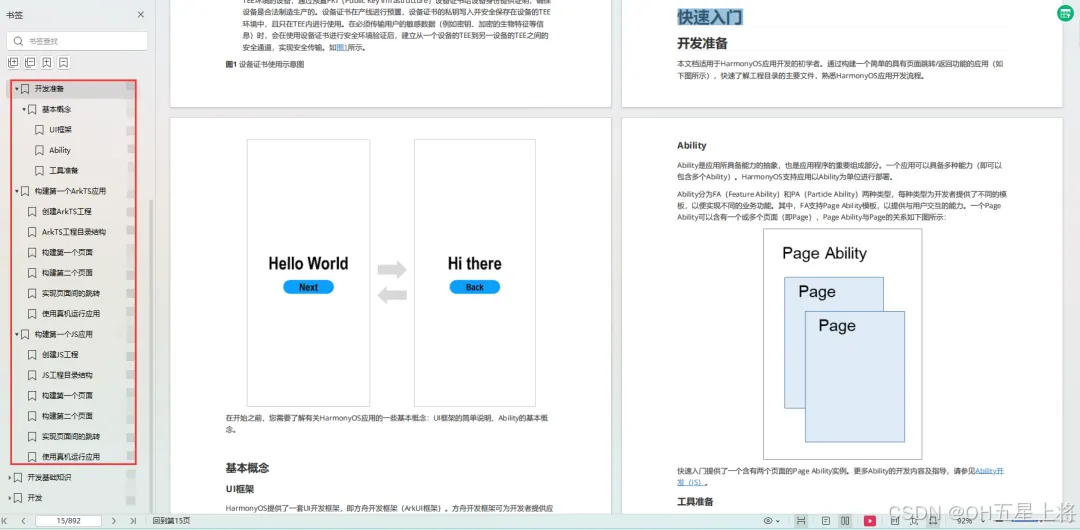
开发基础知识:
1.应用基础知识
2.配置文件
3.应用数据管理
4.应用安全管理
5.应用隐私保护
6.三方应用调用管控机制
7.资源分类与访问
8.学习ArkTS语言
9.……

基于ArkTS 开发
1.Ability开发
2.UI开发
3.公共事件与通知
4.窗口管理
5.媒体
6.安全
7.网络与链接
8.电话服务
9.数据管理
10.后台任务(Background Task)管理
11.设备管理
12.设备使用信息统计
13.DFX
14.国际化开发
15.折叠屏系列
16.……
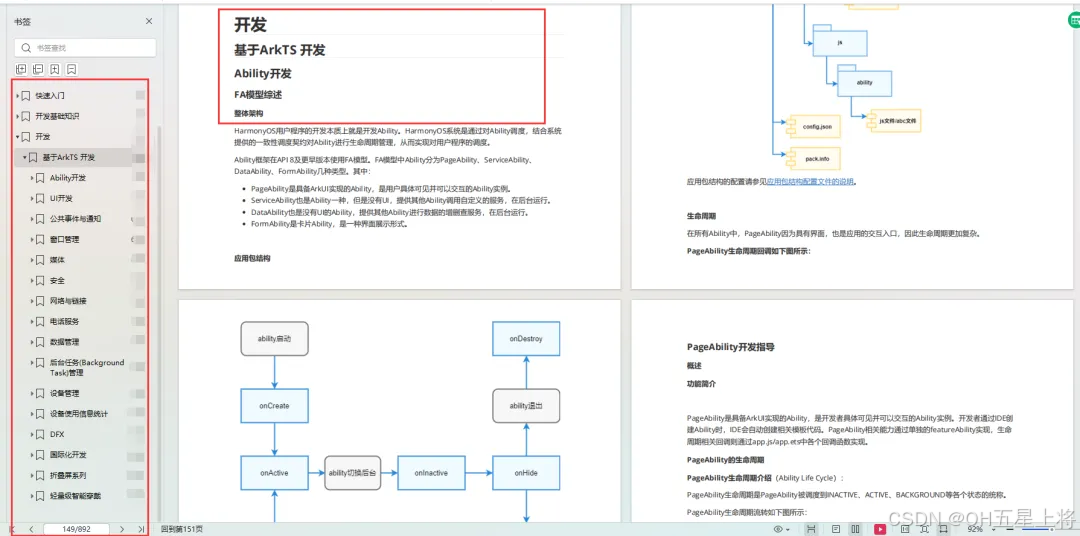
鸿蒙开发面试真题(含参考答案)
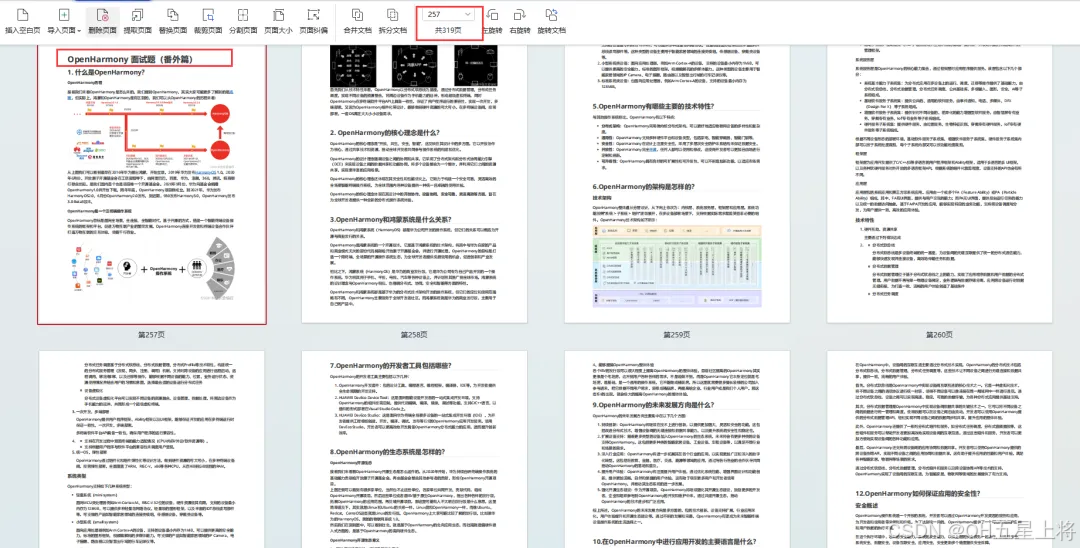
OpenHarmony 开发环境搭建
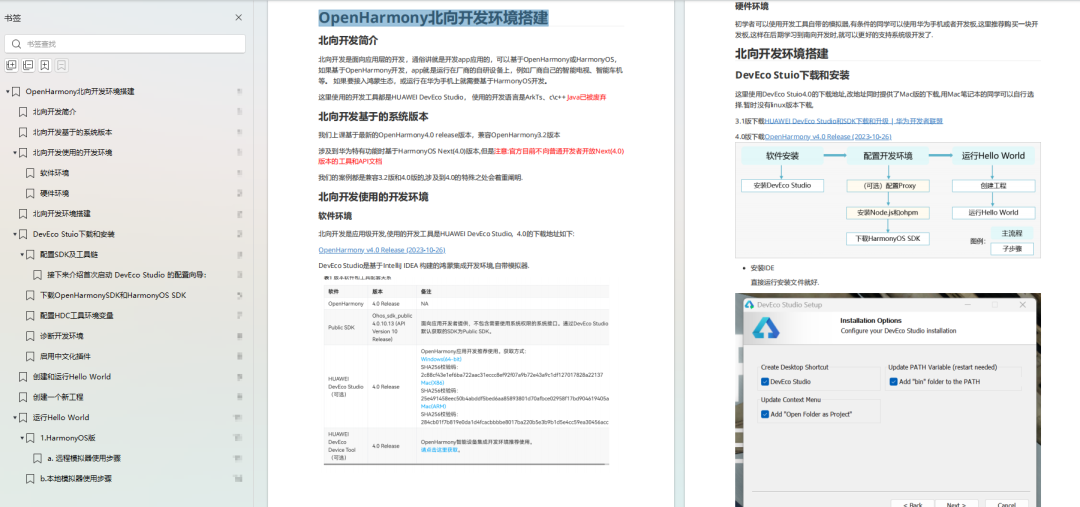
《OpenHarmony源码解析》
- 搭建开发环境
- Windows 开发环境的搭建
- Ubuntu 开发环境搭建
- Linux 与 Windows 之间的文件共享
- ……
- 系统架构分析
- 构建子系统
- 启动流程
- 子系统
- 分布式任务调度子系统
- 分布式通信子系统
- 驱动子系统
- ……
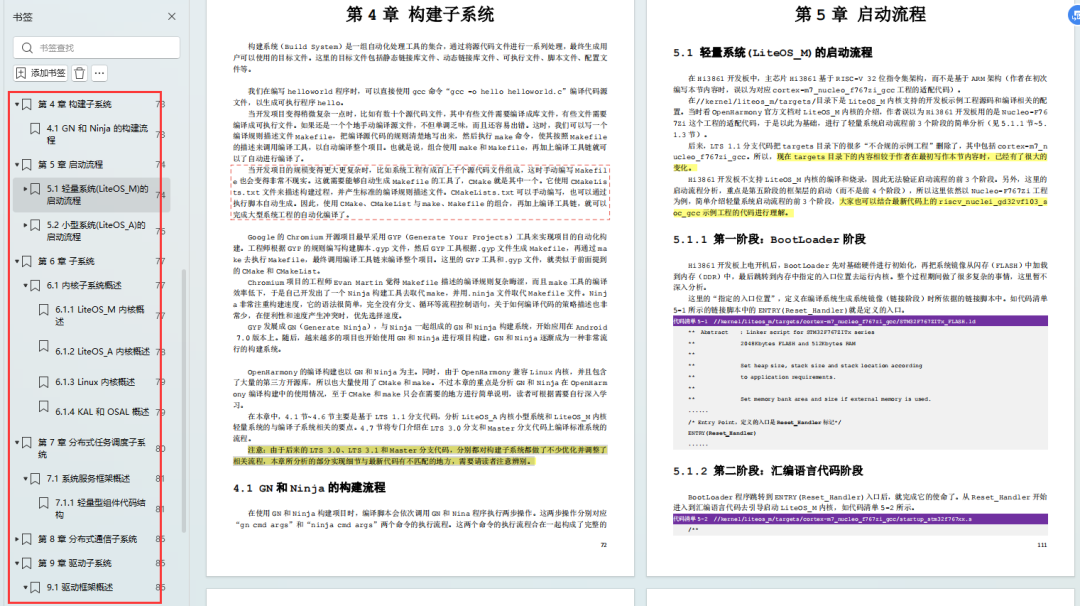
OpenHarmony 设备开发学习手册
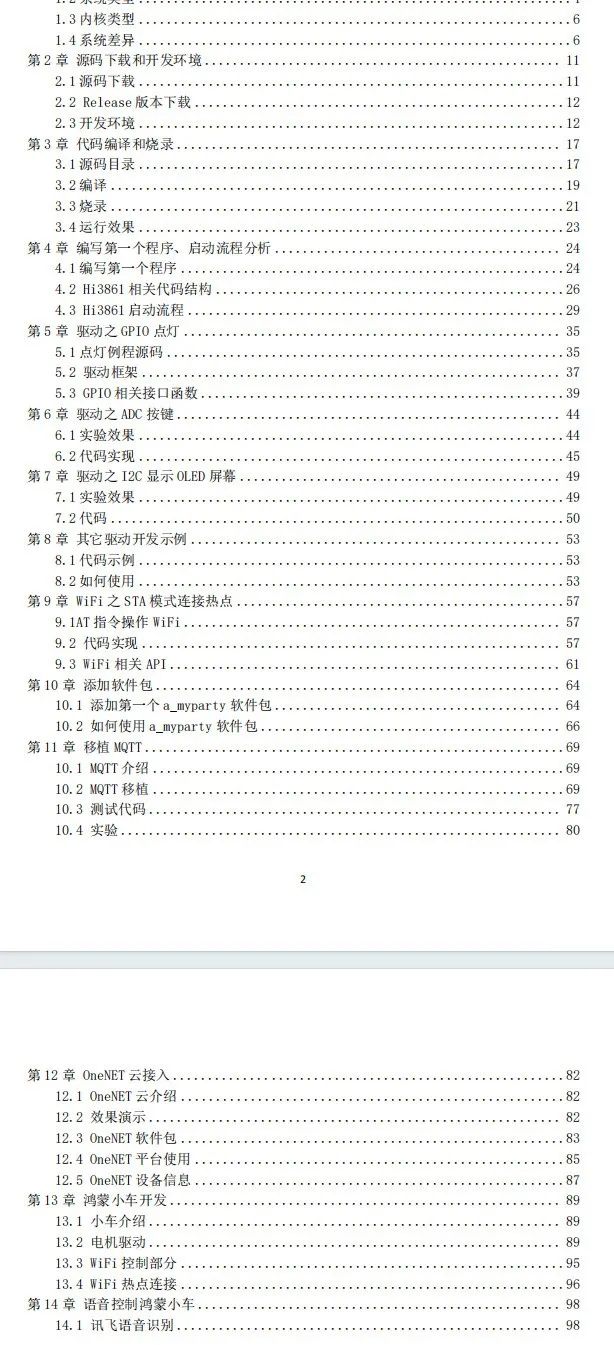





















 2196
2196

 被折叠的 条评论
为什么被折叠?
被折叠的 条评论
为什么被折叠?








